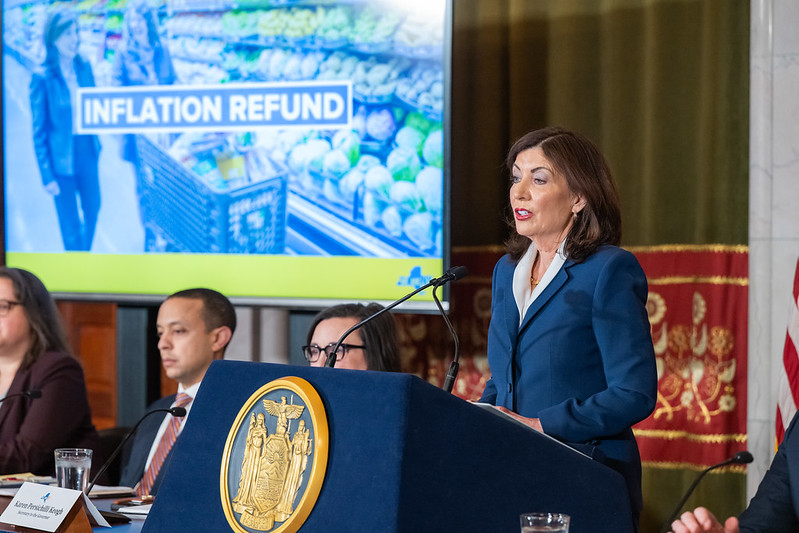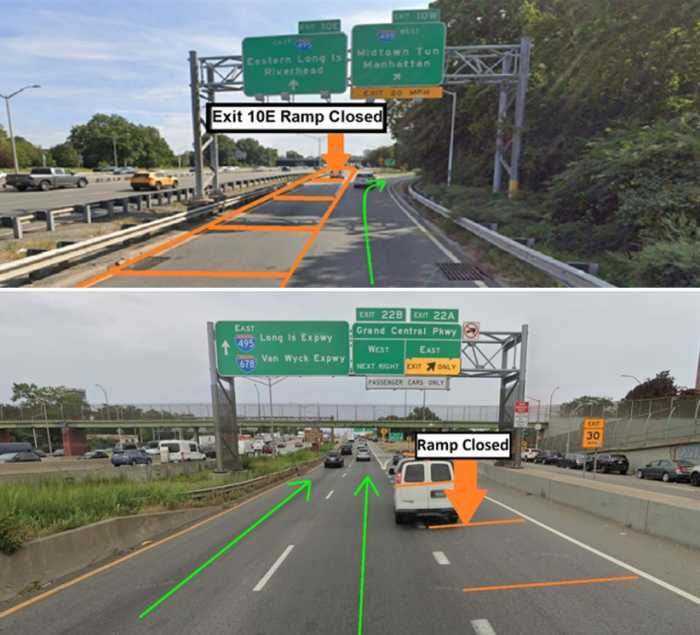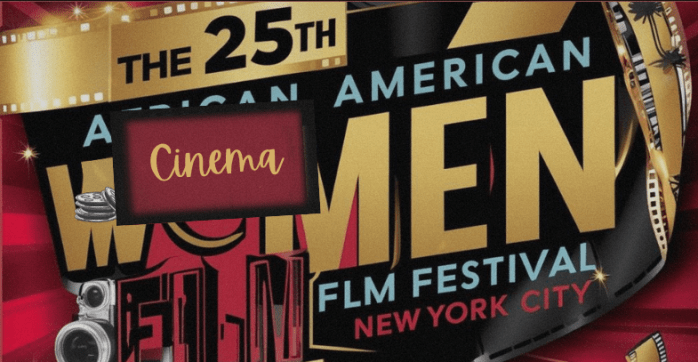By Adam Kramer
School District 29 and the rest of Queens’ school districts could be getting more teachers, paraprofessionals, textbooks and new technology if the state Assembly’s $1.7 billion increase in educational spending is included in the 2001-2002 state budget.
“The Assembly education plan promotes equity and fairness,” said state Assemblywoman Barbara Clark (D-Queens Village), who is on the Assembly’s education committee. “The plan will help enable New York City students to meet higher standards being implemented by the New York State Board of Regents.”
By law the state budget needs to be approved by April 1 when the new fiscal year begins. Both the state Assembly and state Senate have approved their budgets.
Now the negotiations begin between the two legislative leaders — Assembly Speaker Sheldon Silver (D-Manhattan) and Senate Majority Leader Joseph Bruno (R-Rensselaer) — and Gov. George Pataki to finalize the state’s budget.
The plan calls for two-year educational budgeting, as opposed to a one-year plan and would provide a $3.4 billion school aid increase over the next two years. Every school district in the state is expected to receive aid.
Clark said the $1.7 billion increase in spending will have a direct impact on the number of teachers hired in School District 29, provide for new textbooks and buy new computers for the classroom. She said there will also be money for the Board of Education’s capitol budget, which is used to build new schools.
Four new schools are scheduled to be built in District 29 over the next three or four years, which will alleviate overcrowding, she said. “But, unless you build more than four schools” the district will still be filled with schools that are overcrowded, she said.
The increased spending to bring new technology will be a major help to District 29, which lost a large part of its technology budget in an alleged embezzlement scam by the district’s former superintendent, Celestine Miller.
School District 29 stretches from Bellerose to St. Albans and from Fresh Meadows to Queens Village. It also covers Cambria Heights, Hollis and parts of Jamaica.
Clark said the $1.7 billion should also be used to give city school teachers a “decent raise.” She said city teacher’s make 25 percent less than their counterparts in the suburbs. Due to the lack of pay the city has seen about 50 percent of the teachers with five years of experience leave for the suburbs, Clark said.
“The Assembly has taken a huge step in the right direction by recognizing the need for more education funding,” Clark said. “I still believe that even more funding will be necessary to provide New York City students with the same quality of education as their colleagues in suburban districts.”
Skip Carrier, a spokesman for Silver, said he and the members of the Assembly voted for the increase in the educational budget because the “kids need it and we can afford it. We need to do it now.”
Silver said the spending increase and two-year budgeting would address the need for equity, give school districts greater flexibility, keep promises for smaller class sizes and increase technology funding.
He said the Assembly’s plan will ensure each school district will gain in operating aid, meet the recommendations made by the state Board of Regents to increase spending in high need districts and improve teacher quality.
Reach reporter Adam Kramer by e-mail at Timesledgr@aol.com or call 229-0300, Ext. 157.


































